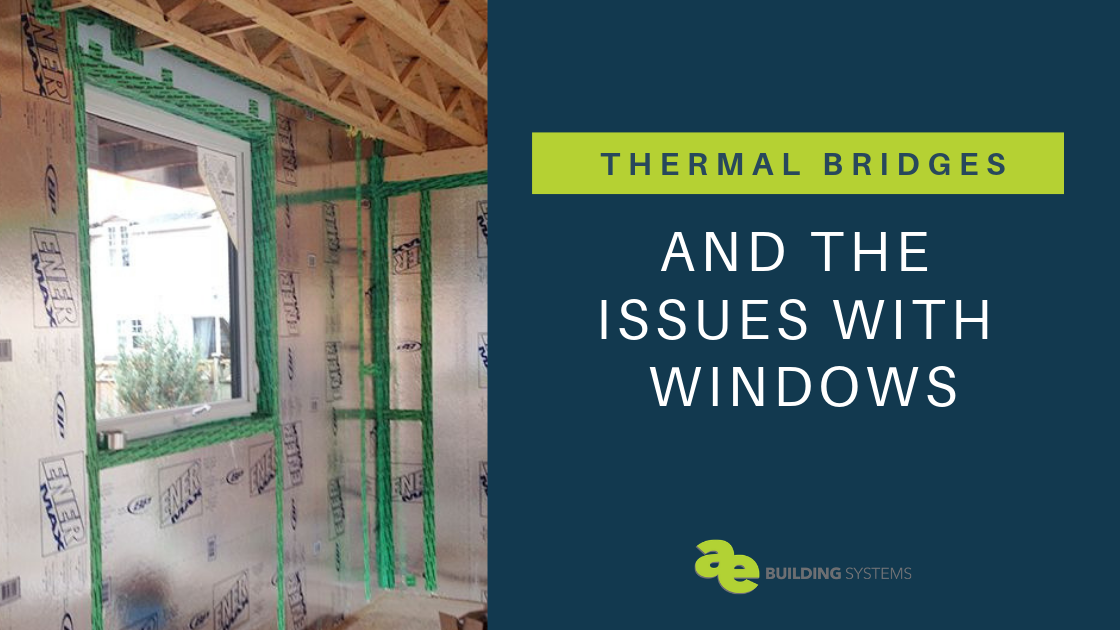Tag: construction
-

Options for Large Windows in High Wind Load Areas
“It is the great north wind that made the Vikings.” – Scandinavian Proverb If the great north wind helped make the epic, strong Vikings, it’s no wonder that the wind impacts some of the recent innovations to create better, stronger construction practices! We’re seeing it happen day in and day out with new approaches for…
-

Energy-Minded Design: The Balance Between Form & Function
There are some pretty snazzy design ideas out there in the world. If you look at design contests, architectural school projects, or even just down your own street, you’ll probably see some very beautiful designs that simply don’t make a lot of practical sense. It comes back to the age-old question of form vs. function.…
-

What Are Construction Thermal Bridges in Buildings?
Do you have a random “cold spot” in your dining room or perhaps in an area where a sweater is always needed, no matter how high the thermostat is set? Thermal bridges may be at play. If you don’t work in or around construction, you may have never heard the term “thermal bridging”–but you’ve likely…
-

SIGA Majrex: A Skin Like the Cactus
What can we learn from the cactus related to building science? The cactus “skin” has essentially two perm ratings. The cactus absorbs vapor through its skin at night, and in the daytime when temperatures rise, that same skin prevents the moisture from escaping. The skin of the cactus allows moisture to migrate inward, but not…

